By Sana Panjwani
Art isn’t just about looking nice, its value on the market or its worthiness to be placed on the walls of a museum.
It’s about making you feel something.
Sadness, anger, rage, depression, desolation, loneliness, elation, oppression, despair – these powerful emotions have inspired some of the most expressive artworks in one way or another.
To some, an empty canvas is just that – empty – no more, no less. To optimists, it may represent new hope and new beginnings while to pessimists, it could be a reflection of one’s own sense of self. The beauty of any and all art lies in its innate interpretive nature that allows it to hold unique message, meaning and takeaway for every individual, artist included
Art easily conveys emotions and messages that often escape words, making a particularly powerful medium in the Middle East where the freedom to express one’s self openly is often curbed. It can gauge the feelings, will and mood of the people and has the power to move, heal and listen to millions where politics often fails.
In a region where many countries have seen and continue to experience violence and conflict, it is no surprise that the art scene is beginning to thrive again.
These artists seek to explore this avenue of free expression and create pieces not only in a political context, but thoughtful, contemporary pieces that take a innovative look at everyday life. Conflict breeds creativity, and these 9 artists stand as a testament to that:
1. Basma al-Sharif
Living and working nomadically, this 32-year-old Palestinian visual artist draws inspiration on the road between Chicago, Cairo, Beirut, Amman, Sharjah and the Gaza Strip.
Her works have been featured in solo exhibitions, biennials and international film festivals – including the New York Film Festival, Berlinale, Videobrasil and Manifesta 8 – where she made use of moving and still images, sound and language to “explore the anonymous individual in relation to political history and collective memory,” imploring us to look beyond the ‘established and accepted’ facts and revealing them to be nothing more than subjective.
2. Shurooq Amin
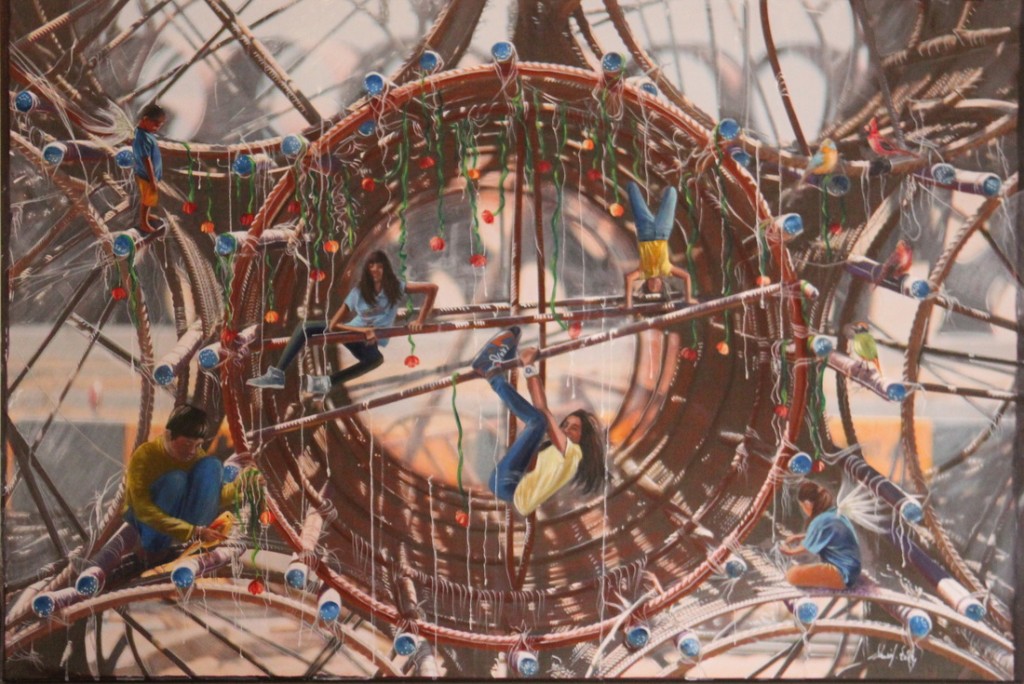
A painter and poet, this Kuwaiti mixed media artist believes her purpose is to instigate change in society.
Her 2014 exhibitions, “We’ll Build This City on Art and Love,” dealt with the notions of child marriage, gender stereotypes, political stagnation and other uncomfortable topics which people often tend to shy from.
Believing that art is a powerful medium for documenting history, Amin said: “Decades from today, the people of the future will look back at the art of this time and this region and be able to see a tapestry of images that scream with the voice of the people. This is a humbling thought. And a responsibility that I hope to live up to.”
She is currently exhibiting at the 56th International Venice Biennale from May 9 to November 22 with the pavilion ‘In the Eye of the Thunderstorm: Effervescent Practices from the Arab World and Asia,’ exploring social issues of corruption, taboo and pollution on a regional and globe level.
3. Ali Abd Alrazzaq
There’s something quite commendable about people who are able to see beyond the mundaneness of the everyday and embellish it with innovation and creativity, and 24-year-old Iraqi artist Ali Abd Alrazzaq is one such person.
Using his detailed drawing skills and everyday items, Alrazzaq creates clever yet simple artworks that he describes as “interactive illustrations”. Turning tea biscuits into photo frames and half-shaven arms into a plowing field, Alrazzaq also uses said everyday items to paint – black shoe polish and brown coffee make for an adorably cute panda.
4. Joelle Jammal
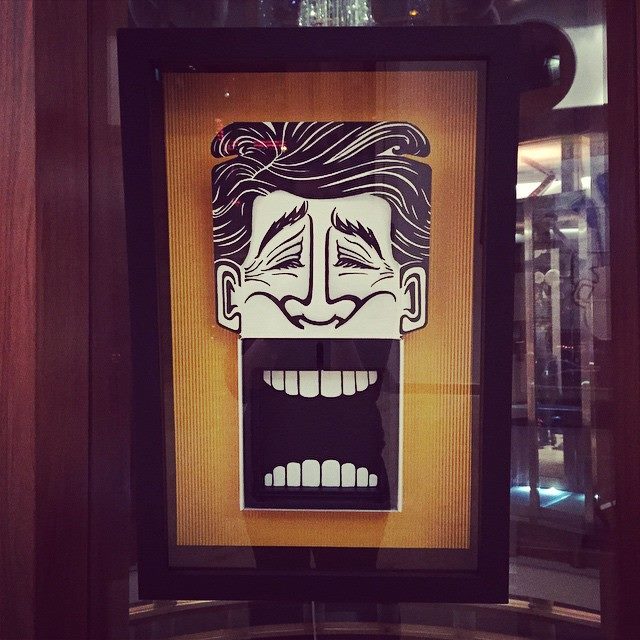
From trash to treasure, the environmentally conscious Lebanese artist takes everyday mundane items and turns them into innovative, spunky pieces of art without making any major changes to the form. Seeing the beautiful in the mundane, Jammal’s work teaches us to appreciate the everyday simplicity of life.
Her first exhibition, Think Inside DaBox, consisted of packaging material recycled into hand-painted characters like Prince Charles, Mike Tyson and Walid Jumblat as well everyday personas like a schoolboy, a pirate and a biker.
5. Khaled Takreti
An internationally renowned artist, Takreti combines art and humor to explore today’s sociocultural issues, highlighting the desensitization present in the media-saturated community.
Using dark humor to tackle the aforementioned issues, this Syrian artist making use of satire to ironically convey his message across to the public. His use of bright colors against black-and-white imagery speaks about the psychology behind the subjects and objects of his artwork.
His latest exhibition at Ayyam Gallery – LOL – consists of nine satirical works that “blur the line between fine art and mass media and depicts modern life as a tableau of the absurd riddled with anxiety” and subtly remind viewers of the disruption of normal life in Syria.
6. Hani Zurob
Based in Paris, this Palestinian’s work addresses concepts of exile, waiting, movement and displacement through his use of vivid colors and abstract patterns. Often incorporating his son in his work, Zurob’s ultimate aim is to showcase the collective Palestinian experience of living under such oppression.
“What I try to do when I paint is to rewrite my life; I try to place myself as a witness of the situations and the events I experience,” says Zurob. “That’s why there are no boundaries between political matters and private stories in my work.”
7. Nadim Karam
An artist, a painter, a sculptor and an architect, Karam’s work takes on the image of abstract dream-like concepts. Usually working with steel, Karam once described his large-scale sculptures as “urban toys” which serve to become part of a city’s urban mise-en-scene.
“Art is not religion and it is not dictatorial political system, art is a way to go in parallel with these things, where doubt can make things possible,” says the Lebanese artist. “In short, art fragments fanaticism and that is why it is important for artistic voices to become louder in this part of the world. Artists are there to show the other side to the fanatics and the dictators.”
8. Ahmed Mater
A doctor and an artist, Mater’s artistic work consists of photography, calligraphy, painting, installation, performance and videography.
Exploring the narrative and aesthetics of Islamic culture in a period of globalization, consumerism and transformation, his recent work focuses more on the sociopolitical local collective memories and unofficial history behind his home country, Saudi Arabia. One of Mater’s most renowned works is his Magnetism series portraying Hajj using tiny particles of iron to depict pilgrims around the Holy Kaaba.
9. Lalla Essaydi
While Essaydi has dabbled in painting, mixed media and videography in her art career, her passion lies in photography, exploring the portrayal of women in Islam.
Raised in Morocco, Lalla Essaydi also spent many years in Saudi Arabia where she experienced traditional Islamic lifestyle – a topic she often draws artistic inspiration from. Her first major photographic series, Converging Territories, depicted Islamic women and children in an unoccupied house where Essaydi was once confined to when she was disobedient as a child.
Her following series, Les Femmes du Maroc (Women of Morocco), explored the controversial narrative of veiling of Muslim women by having her subjects completely enveloped in calligraphy. Applied in henna, the writing that adorns their skin, robes and surroundings may appear to entrap them, but subtly touches on the function of henna as an ornate form of decoration that often marks significant, beautiful and happy moments in the lives of Muslim women.
“In my art,” Essaydi says, “I wish to present myself through multiple lenses — as artist, as Moroccan, as Saudi, as traditionalist, as Liberal, as Muslim. In short, I invite the viewer to resist stereotypes.”

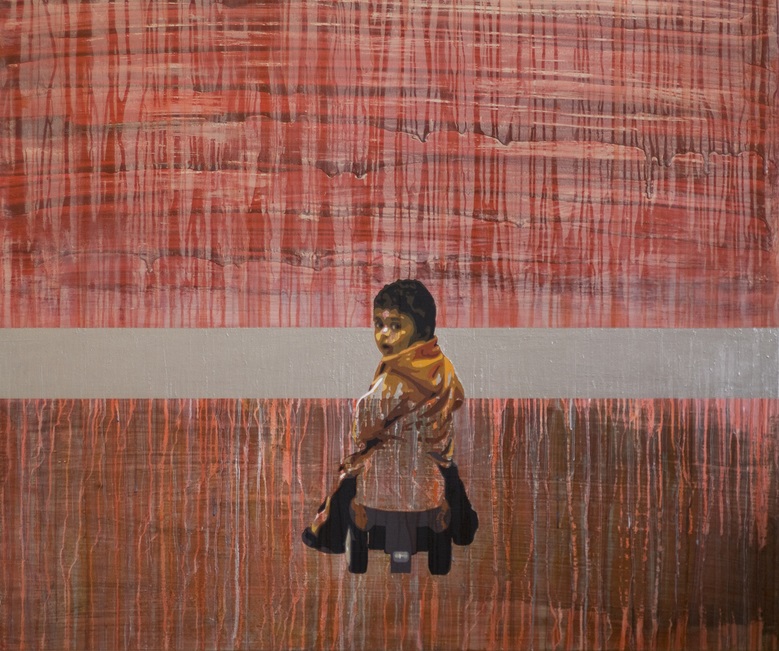
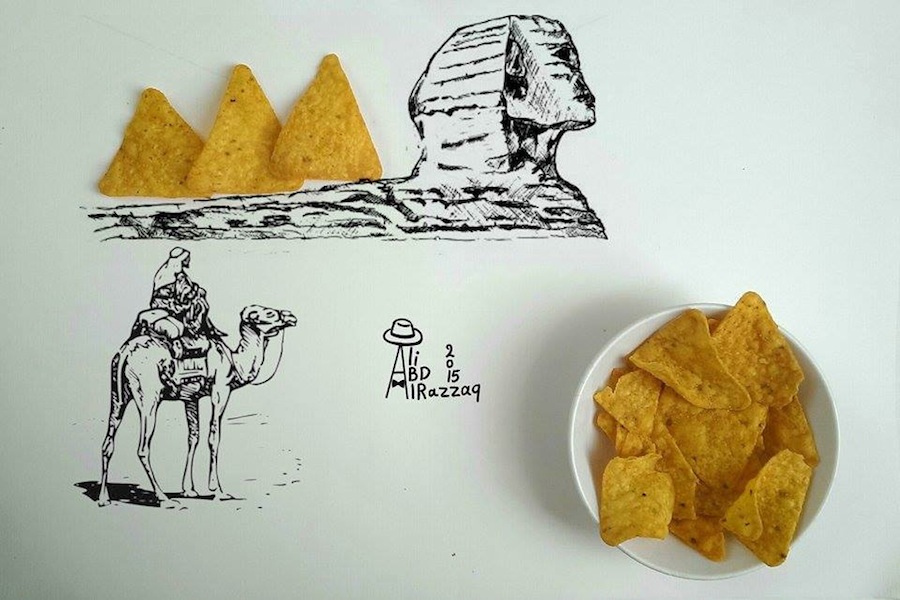
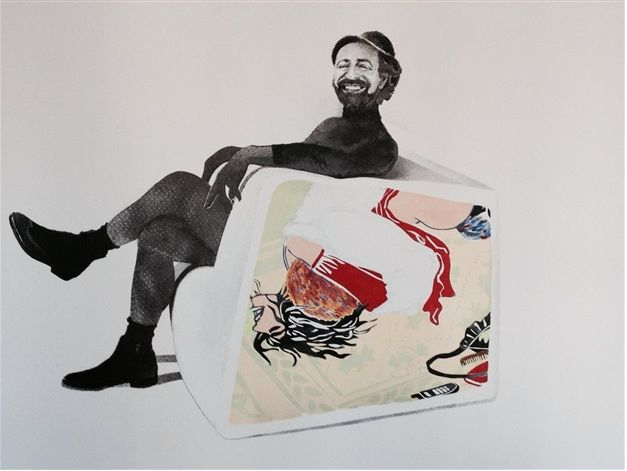
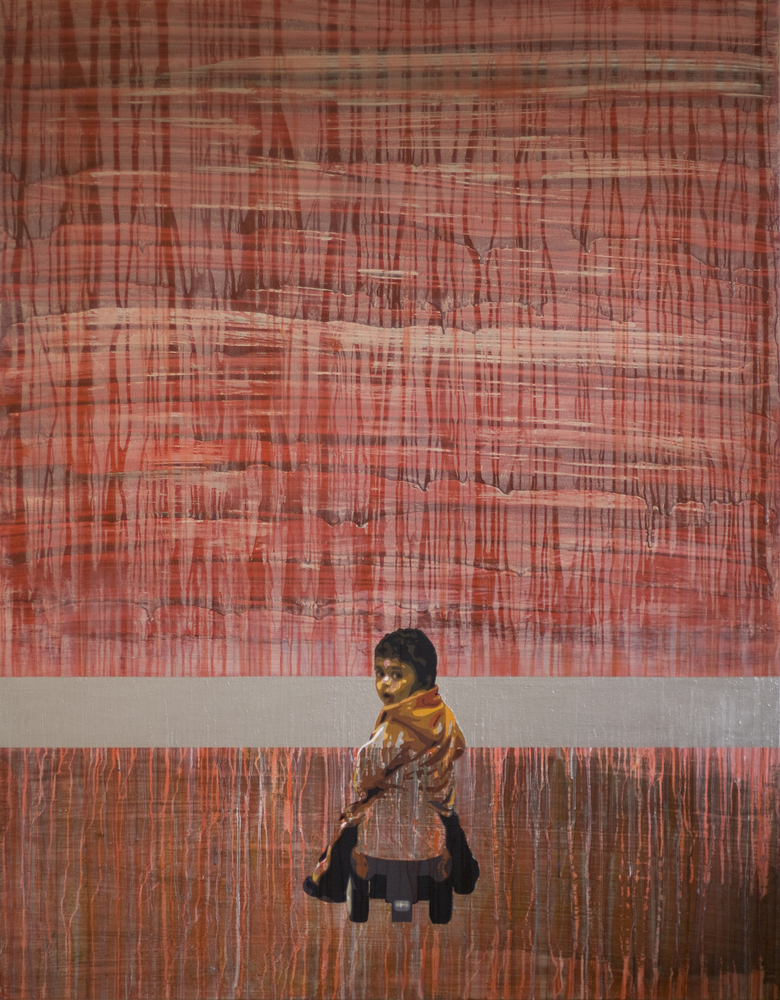
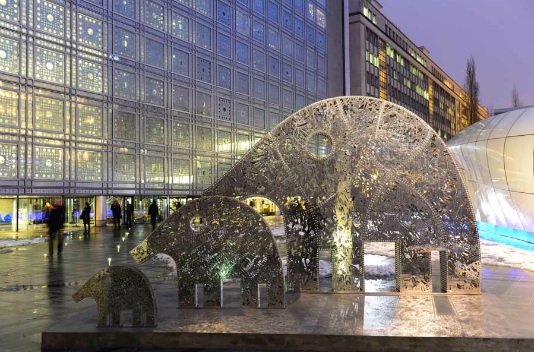
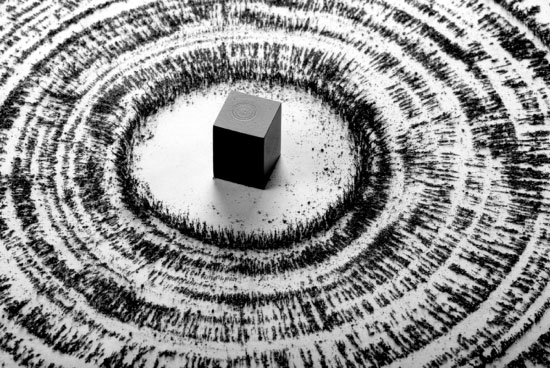
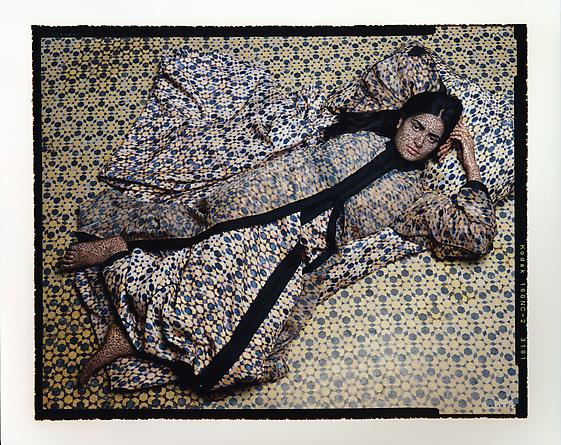


















AMAZING. And yet we almost never hear about them